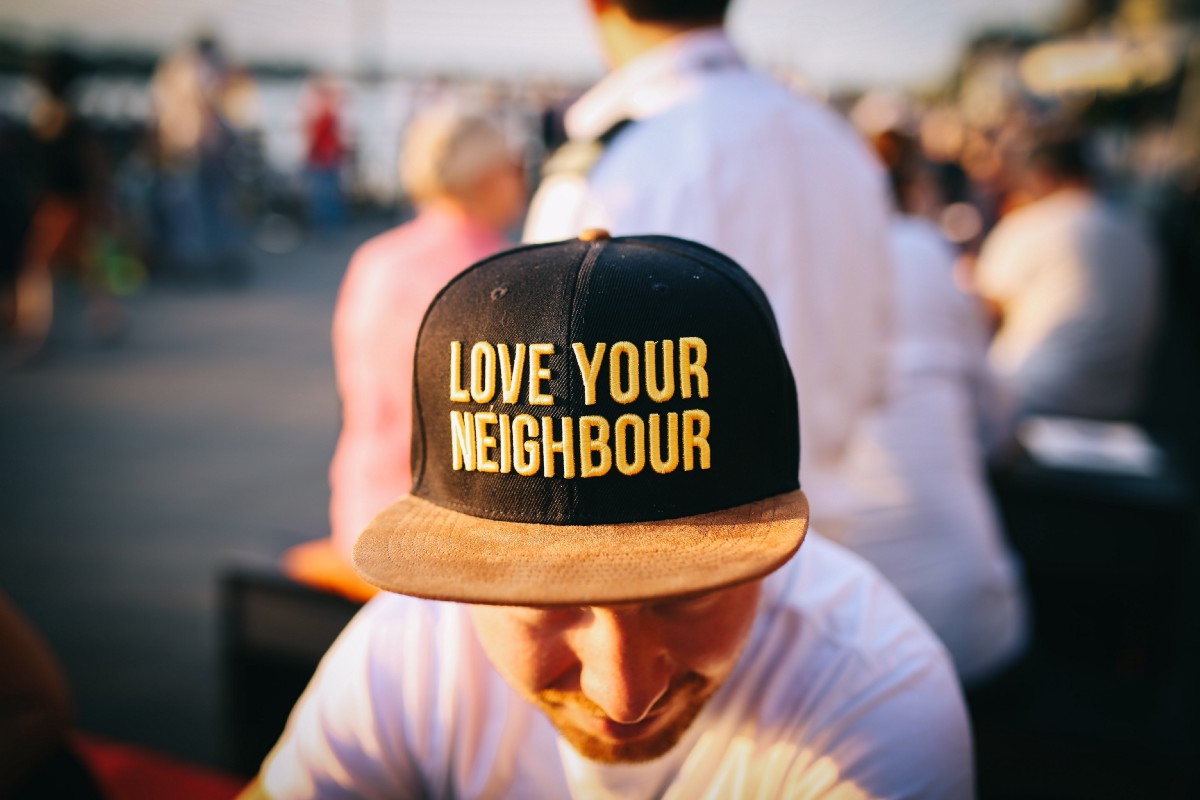A human-centric approach for working with humans
As designers, a huge part of our job lies in empathizing with users. It’s exciting to see how far we’ve come as a discipline in becoming more user-centric, more research-driven and better at tying our ideas to actual user needs.
Yet many of us struggle with applying that same level of empathy to the people we work with.
I’ve lost count over the years of how many times I’ve heard designers lament that engineers have no taste, and don’t appreciate the details of their designs. Or complain that the scope of their project is never enough so they have no room for getting into the details and doing a proper job. I’ve even seen senior design leaders roll their eyes and say things like “Don’t even get me started on product managers,” belittling their central role in teams.
Overall, there’s a palpable frustration in designers who feel that their great ideas remain unbuilt, that their attention to detail is ignored, that their peers simply don’t care about design. Yes, there’s obviously a chance those peers might actually be undereducated, or just not care about design. But in organizations with otherwise healthy cultures, that actually invest in hiring designers, that’s probably not the case.
What the folks complaining of such situations fail to understand is that your ability to bring others onboard and buy into your ideas is what ultimately determines their value. The best idea, if presented terribly, becomes a terrible idea. And a great presentation isn’t just about nice visuals: it’s about communicating with your audience.
Empathy to the rescue
The key to overcoming these challenges is actually laid out in the first step of the human-centric design process you already follow: empathy.
You already go deep into researching and talking to users to understand their context, their needs, and their frustrations. Now, you just need to put a bit of that towards your co-workers in other functions:
- Speak their language. Nerding out on typefaces and grid systems is fun, but their value may not be as apparent to engineers or marketers. Observe your peers and identify what they care about, then highlight features of your designs which speak to those points.
- Assuage their fears. When evaluating your ideas, take a few moments to think about how your co-workers will receive them. Could your bold idea be perceived as plain old scope creep? Could you be prioritizing small details over core user journeys? If so, rethink what you’re about to propose. And if you’re deliberately proposing something kinda crazy, say you’re doing so upfront, and offer it in addition to a simpler, more predictable option.
- Enable their success. While craft is top of mind in a design career, product managers are rewarded if they ship effective products, on time; engineers are rewarded for building fast, scalable, low-maintenance code; marketers kick the most butt when they generate lots of revenue. So while as a designer you should to push for the best solution for each problem, remember that if it’s hard to maintain, ineffective or ships too late, it doesn’t make your peers look good, leading to resistance.
- Invite them into your process. Designers often have the unfortunate reputation of going off on their own and coming back with a supposed masterpiece. Great design often has the inaccurate reputation of being the product of bursts of divine inspiration. But not knowing what progress is being made (and what’s coming next) makes other anxious and unwilling to trust you. Share your thought process through iterations, break work into minor milestones and let your peers know when to expect the next revision.
- Show you’re on the same team. There’s no reason to see another function’s differing priorities as a reason to be adversarial. Strive to find common ground (the value/message you want to deliver to users) and tie all your arguments to it. Instead of butting heads because you want different things, direct perspectives towards the fundamental result all of you want to achieve. At a broader, organizational level, aligning designers’ growth path to the success of their product teams (not just their individual performance) can also be effective.
These are subtle but impactful changes you can make to how you approach cross-functional collaboration. Time and time again I’ve seen designers adjust their communication and presentation style along these lines and achieve much better results. They earn their teams’ trust, which ultimately gets them closer to shipping what they had envisioned in the first place. And then, everybody wins.
If you’re interested in a more empathetic way of working, making software that’s all about people, let me know, as we’re hiring at Gladly.
